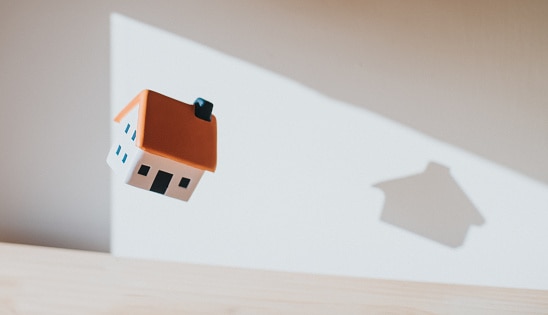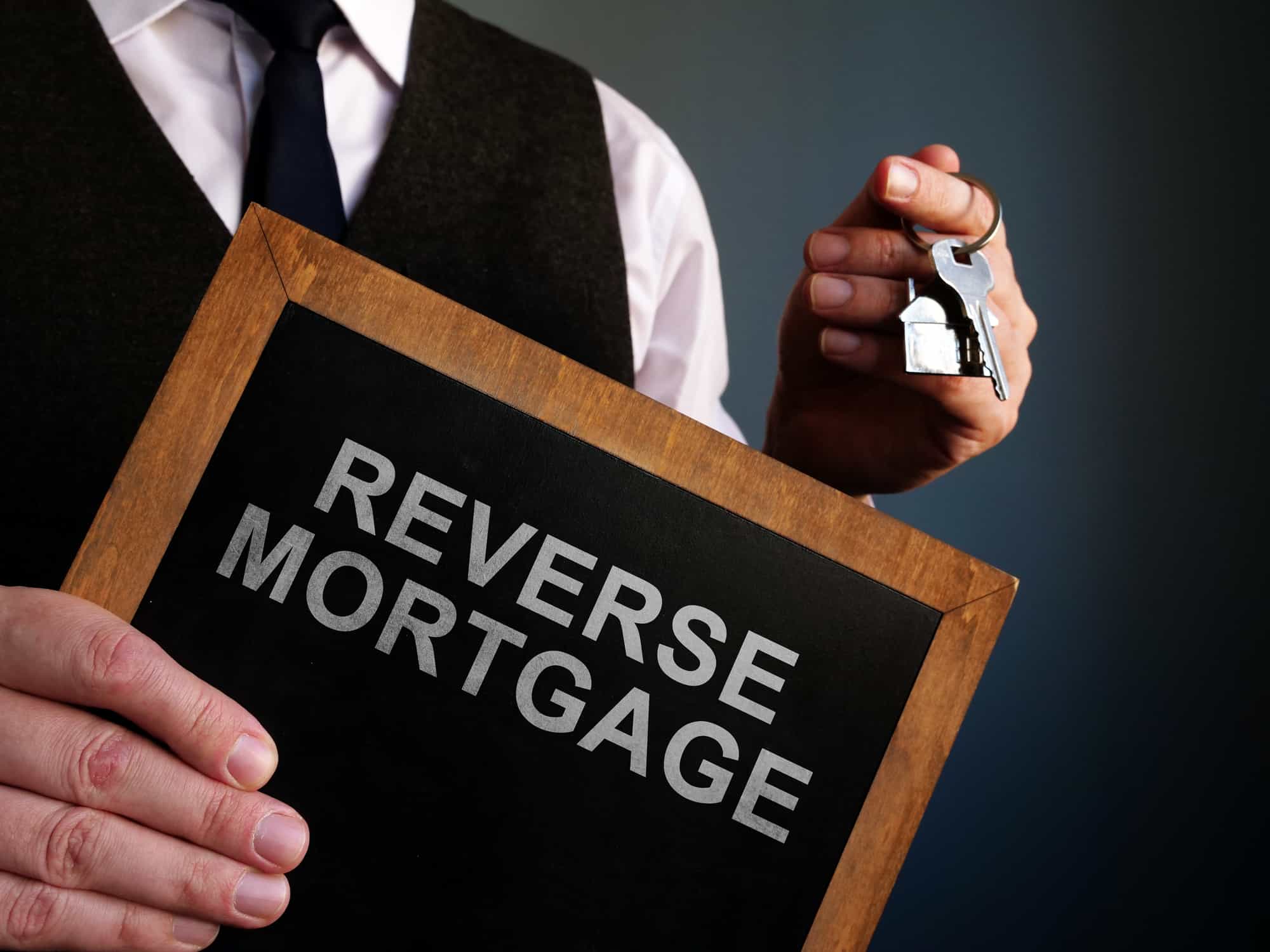At first glance, it may seem like a reverse mortgage is only useful for people who already have a mortgage. After all, with a name like reverse mortgage, there seems to be an implication that this loan is the opposite of a traditional mortgage. However, the reverse mortgage is actually a far more complicated (and more flexible) financial tool that may be able to benefit you regardless of your current mortgage status. That’s why it’s worth understanding borrower eligibility and how these loans may interact.
How Does a Reverse Mortgage Compare to a Traditional Home Mortgage?
Before diving into the details of how a reverse mortgage would interact with an existing home mortgage, it’s important to understand what exactly a reverse mortgage is and how it allows you to tap into your home equity. For contrast, consider a standard home loan. By paying off the loan bit by bit every month, you gradually add to your home equity while reducing your debt. In other words, your home equity can be understood as the total value of your home subtracted by whatever remaining debt you have on the home. This means that if you’ve paid off your entire mortgage and have no debt on the home, you have its entire value as equity. However, this equity is not liquidized. Ordinarily, this means that if you ever needed to use this money for an emergency, you would have to sell your home and move elsewhere in order to access that equity.
But, a reverse mortgage allows seniors 62 and older to liquidize a portion of their home equity and access it immediately while still retaining ownership of the home. You will not need to make monthly payments to a lender with this system; instead, the loan will only come due once all borrowers have passed away, left the home for an extended period, or no longer uphold their loan obligations, including paying property taxes, homeowners’ insurance, and home maintenance costs. You must uphold those financial obligations to avoid foreclosure and the loan coming due early.
What is the Benefit of Getting a Reverse Mortgage with No Existing Mortgage?
With this asset liquidized, you could do all sorts of things like take care of medical bills, help a grandkid through college, take an extended vacation, or even pay off the rest of your existing mortgage. And since you do not have to use any proceeds to pay off an existing mortgage, you’ll have more money available to you than if you did have a traditional mortgage.
What Happens When You Have an Existing Mortgage?
If you do happen to have an existing mortgage, this debt will be paid off automatically once you get a reverse mortgage. This debt has to be paid off at the start of the loan before the borrower can receive proceeds. In order to pay this debt, a portion of the borrower’s reverse mortgage proceeds will be used to cover all that remains of the existing mortgage. While it helps to have a large percentage of your home’s value as equity, this is not strictly essential.
HECM or HELO?
Whether you have an existing mortgage or own your home free and clear, keep in mind that a HECM borrower can access 60% of the reverse mortgage proceeds in the first year; afterward, they can do whatever they wish with the remainder. While this 60% limit is mandatory for the federally insured HECM product, it is not required for borrowers who choose a private HELO product. For those with a home greater than $350,000 in value, a HELO may be a better option to access more of your home equity than a traditional HECM would allow.



